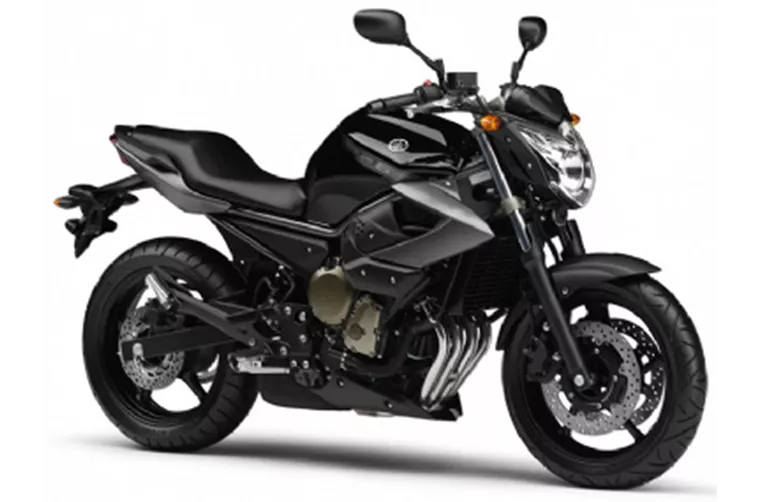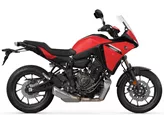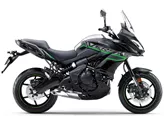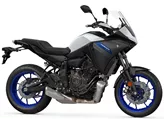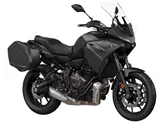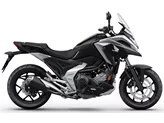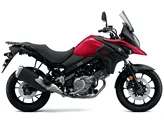Yamaha XJ6 2009 vs. Yamaha Tracer 700 2016

Yamaha XJ6 2009

Yamaha Tracer 700 2016
Overview - Yamaha XJ6 2009 vs Yamaha Tracer 700 2016
The Yamaha XJ6 2009 and the Yamaha Tracer 700 2016 are both motorcycles produced by Yamaha, but they have some key differences in terms of their technical specifications and strengths.
Starting with the technical specifications, the Yamaha XJ6 2009 is a naked bike with a 600ccm engine that produces 78 horsepower and 59.7 Nm of torque. It has a 4-stroke engine with liquid cooling and a chain transmission. The front suspension is a telescopic fork, and it has a steel frame. The front brakes are double disk, and it has a 17-inch front and rear tire diameter. The wheelbase is 1440mm, and the seat height is 785mm. The fuel tank capacity is 17.3 liters.

Yamaha XJ6 2009
On the other hand, the Yamaha Tracer 700 2016 is a sport touring motorcycle with a 689ccm engine that produces 75 horsepower and 68 Nm of torque. It also has a 4-stroke engine with liquid cooling and a chain transmission. The front suspension is a telescopic fork, and it has a steel frame. The front brakes are double disk, and it has a 17-inch front and rear tire diameter. The wheelbase is slightly shorter at 1404mm, and the seat height is higher at 835mm. The fuel tank capacity is 17 liters.
In terms of strengths, the Yamaha XJ6 2009 is known for its rider-friendly performance characteristics and optimal clutch. It offers playful and lighter handling, making it a fun bike to ride. The seat comfort is also praised, and it has an individual look that appeals to younger riders. Additionally, it is considered to have a high-quality build.
On the other hand, the Yamaha Tracer 700 2016 is praised for its perfectly dimensioned design, offering good wind protection and ride comfort. It is also known for being easy to handle, making it suitable for riders of different skill levels.

Yamaha Tracer 700 2016
However, both models have their weaknesses. The Yamaha XJ6 2009 is criticized for its design components not being too demanding, and some riders find the torque development to be lacking. On the other hand, the Yamaha Tracer 700 2016 requires relatively long legs due to its higher seat height, and the brakes are considered to be average.
In conclusion, the Yamaha XJ6 2009 and the Yamaha Tracer 700 2016 have their own unique strengths and weaknesses. The XJ6 offers rider-friendly performance and a unique look, while the Tracer 700 provides good wind protection and easy handling. Ultimately, the choice between the two would depend on the rider's preferences and priorities.
Technical Specifications Yamaha XJ6 2009 compared to Yamaha Tracer 700 2016
Pros and Cons in comparison
Pros and Cons in comparison
Yamaha XJ6 2009
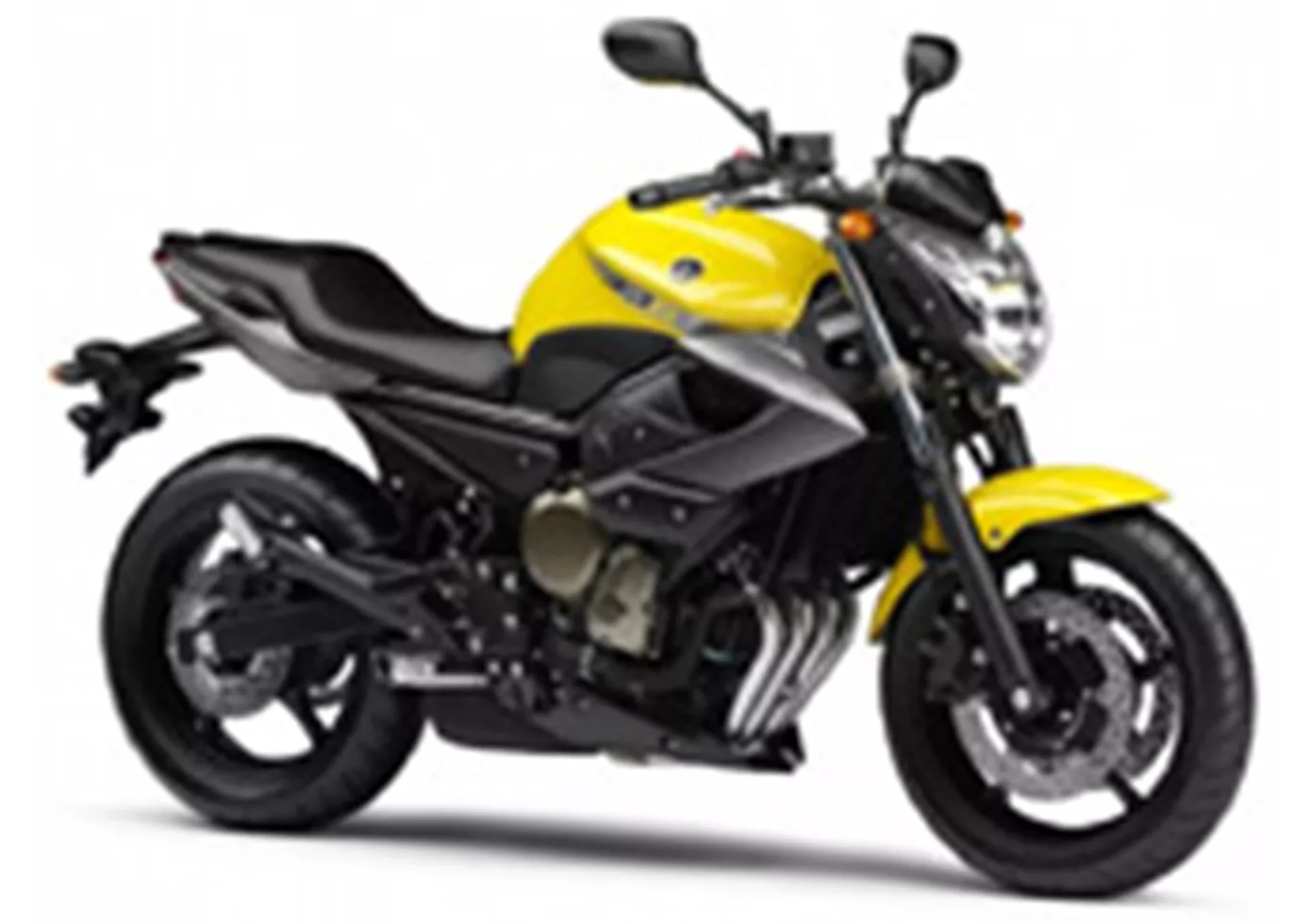
Despite the common basis, the XJ appears much younger and more aggressive. A mid-cass motorbike that by no means makes you feel mid-range. Except for the swingarm, the motorbike appears quite high-quality and cool. The bike is a little easier to handle than the Diversion.
Yamaha Tracer 700 2016

The Yamaha Tracer 700 is clearly more mature than the other MT-07 models. It seems bigger and a little more ponderous, but also more complete and confident. It's a really good touring bike that doesn't leave you wanting for anything.
Price Comparison Avarage Market Price Yamaha XJ6 vs Yamaha Tracer 700
There are a few key differences between a Yamaha XJ6 2009 and a Yamaha Tracer 700 2016. There are the same number of bikes of both models available on the 1000PS.de marketplace, specifically 6. It takes less time to sell a Yamaha XJ6 with 31 days compared to 102 days for a Yamaha Tracer 700. Since model year 2009 1000PS.de editors have written 4 reviews for the Yamaha XJ6 and 16 reviews for the Yamaha Tracer 700 since model year 2016. The first review for the Yamaha XJ6 was published on 13/11/2008 and now has more than 21,900 views. This compares to more than 26,400 views for the first review on Yamaha Tracer 700 published on 20/04/2016.
